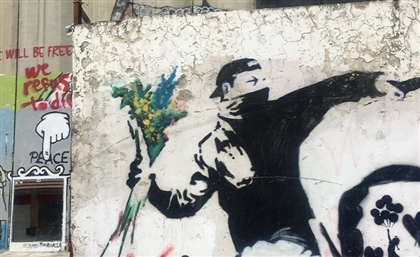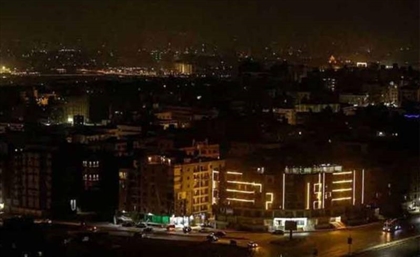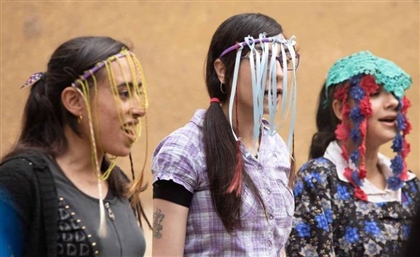Dead Walls: The Unspoken Stories of Cairo's Ageing Advertisments
Photographing and researching the scores of forgotten, hand-painted billboards in Cairo, the Dead Walls project aims to not only preserve the art form, but tell tales of the city's early urbanisation.
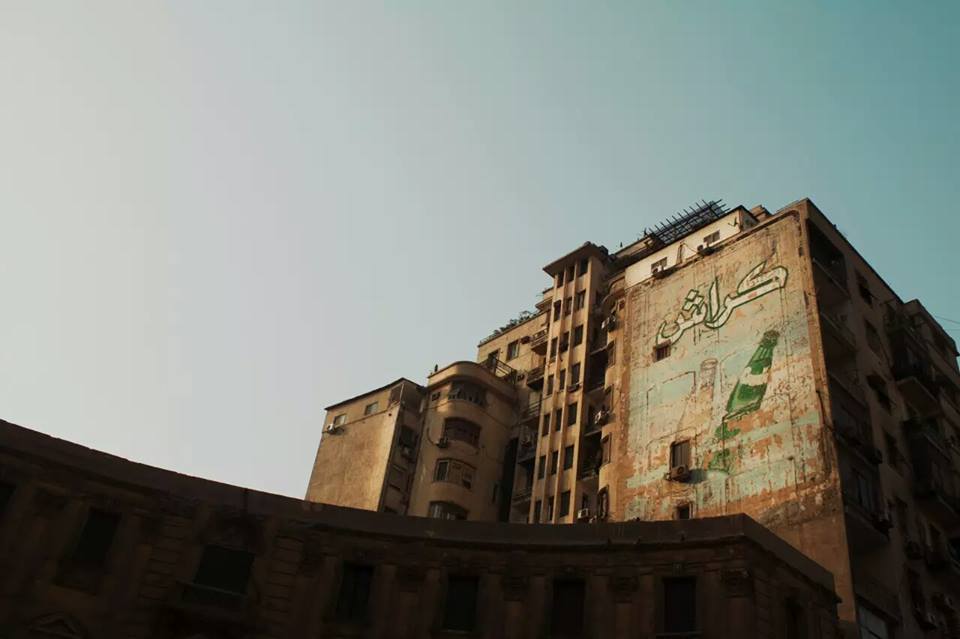
A melancholic presence in the urban landscape, Cairo’s old hand-drawn billboards, now worn down by dust, wind, and the merciless caress of time, have become a trademark in the city’s physiognomy. Aiming to trace down the remnants of this art as a part of Cairo's visual memory, two young artists created the Dead Walls project; a collaborative attempt to include these silent accounts of history in the country’s official visual memory.
“Hand-drawn advertisements used to be the primary form of mass commercial advertising. Tracing the city's visual memory allows for an interpretation of the socio-economic changes of Cairo inhabitants, something which necessarily reflected on different modes of urban expression,” says one of the project’s founders and photographer Sondos Seif El-Din.
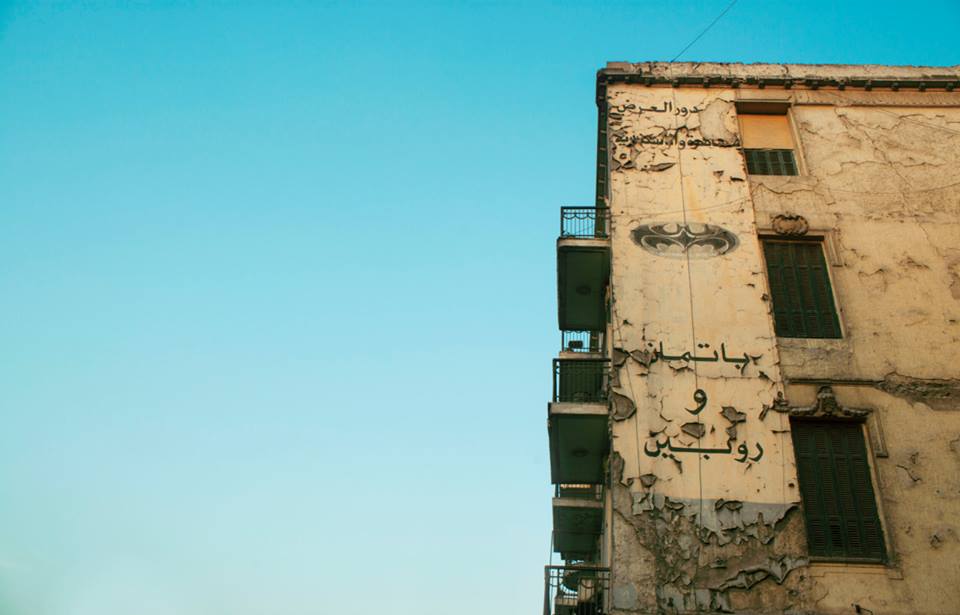
A hand-drawn ad for 1997's production Batman and Robin stands on Ramsis Street.
Seif El-Din joined forces with her research partner Amr Abotawila to create a surprising chronicle of Egypt’s history through the traces of commercial ads on its walls. “We have been friends for almost nine years, since we studied together at the Faculty of Engineering in Cairo University,” she says as she recalls the project’s inception. “We had been thinking about fusing our different sets of skills into a collaborative project about Cairo’s urban setting."
But behind the team’s philosophy, their attempt goes beyond a recollection of an artistic past as they are challenging the very idea of what constitutes urban heritage in Cairo. “These hand-drawn ads have been part of the city's visual identity during a certain era. But the government’s official discourse is that such subject form of expression should not be part of Cairo’s heritage,” she says, referring to the official “classical” stance, which only considers Islamic, Coptic, and Cairo’s Ismailia as heritage while excluding several other urban objects from different eras as a main element in the city’s heritage.
However, the project “does not hail nostalgia per se,” the artist stresses. “We do not aim at replacing a nostalgia of Islamic and old Cairo with a more recent form of nostalgia. Rather, we aim at proposing a dynamic perspective to continue defining what constitutes heritage in our city,” she says. “The project tackles a simple idea: forgotten ads on walls. Yet, it gives us a lot to contemplate on and analyse,” her colleague Abotawila adds.

Silently hiding behind the shadow of minaret, this Maggi ad is located on Sabry Abu Alam Street.
The project’s title plays with the term often used in architecture to refer to sidewalls of buildings, usually designed with no windows.”They are just one block of cement, which is not something lively, and usually used as an advertising platform,” says Abotawila. The title “Dead Walls” hence gives a new meaning to the term, using it as a reference of the negligence they are subject to as well.
“These walls were just forgotten. That’s actually the magic that lies beneath these ads. They just stand there as silent witnesses, marking how things were, emphasising the contrast with how things are nowadays,” Seif El-Din says.
If the miles of graffiti imprinted over Cairo’s walls speak of the revolution, these dead walls have multiple stories to tell. “They tell a social story, the story of how the Egyptian community was like not-so-long ago. One of the clearest examples is the presence of ads for alcohol drinks. On Cairo’s streets, it was normal to see ads for Cognac Rimi, for example, just before the end of the 1970s decade. It was just like any other commercial product,” she points out.
“Moreover, it tells an artistic story of how colours, fonts and designs were used to advertise various products. And finally, it tells an urban story: we encounter lots of hidden ads between two buildings, which gives us a sense how the streets used to look like”.
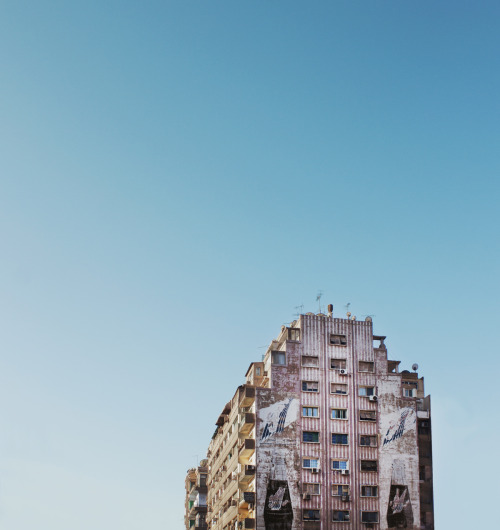
Spotted in downtown Cairo, this Sport Cola as has become a part of the building's character.
Using their blog Dead Walls as the primary channel for sharing the documented advertisement photographed and traced by its members, the team is now calling for contributors, in a collaborative effort to spread awareness and increase the database of this forgotten form of art.
Last Thursday, Seif El-Din and Abotawila launched their call for contributions, inviting dwellers and passers-by to spot and photograph different ads, sharing them on social media through their channels on Facebook and Instagram, by using the hashtag #deadwalls, or emailing their photos to info@deadwalls.com.
“This project will never be of value without other observers’ contributions,” Abotawila stresses. The team is also working on an interactive map, where they map all ads in Egypt “which we hope would be a good tool helping various researchers,” he says. The interactive map will be an integral part of the project’s urban research, ultimately serving as the basis for a book that will delve into the multiple urban layers of their analysis of Cairo’s dead walls.
For more information, visit their platforms on Facebook and Instagram here.
- Previous Article #GETSCENE: 7 Awesome Instagram Photos This Week
- Next Article When in Italy, drive a Fiat




